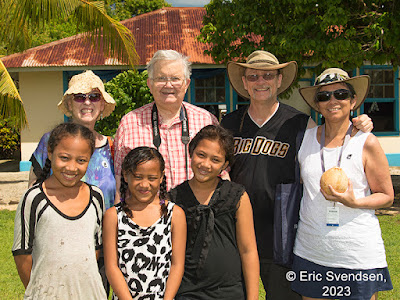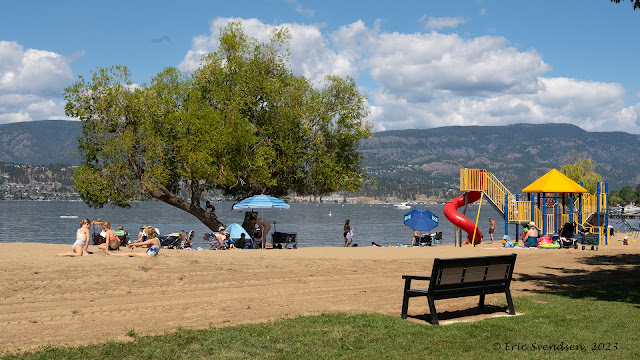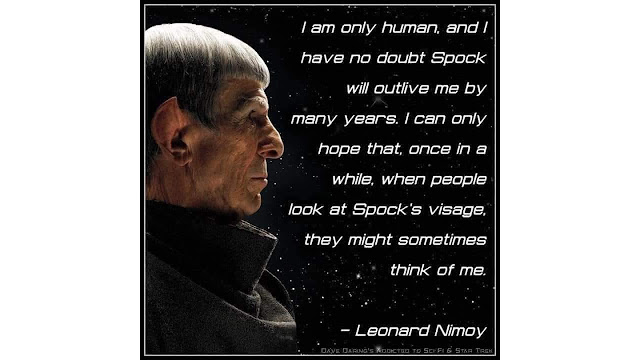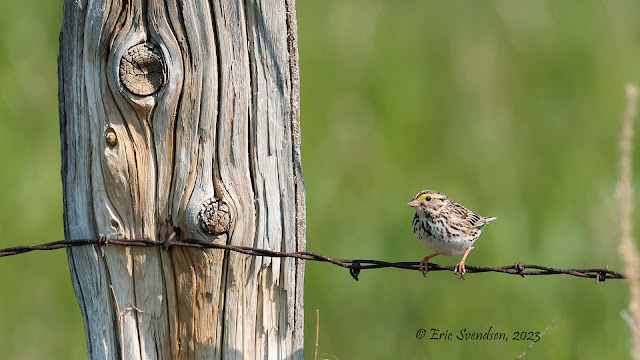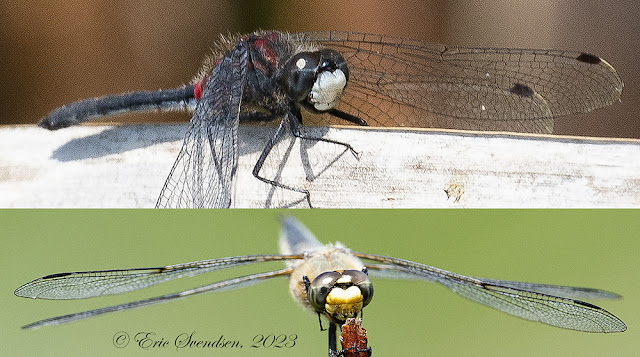Photographing creatures in the wild

Giant Golden Orb Weaver spider. More than half of the challenge of getting photographs of creatures in nature is finding them in the first place. You have to be where the organisms live, you have to be there when they are actually out and accessible, and you have to be inconspicuous in the process. If all that goes well, then the is the need to have the right equipment, that there is enough light, and that you can use those things in combination to get a decent exposure that is focused. If that isn't enough, there is the hope above hopes that you will also get an image that is attractive or shows the creatures engaging in some interesting behaviour. I have read accounts of photographers spending months in the bush, living in blinds or exposed to the elements, and taking literally thousands of photographs in order to just get one really good image. That's not me, mostly because I value my comforts and photograph happenstance opportunities as they present themselves. If I

